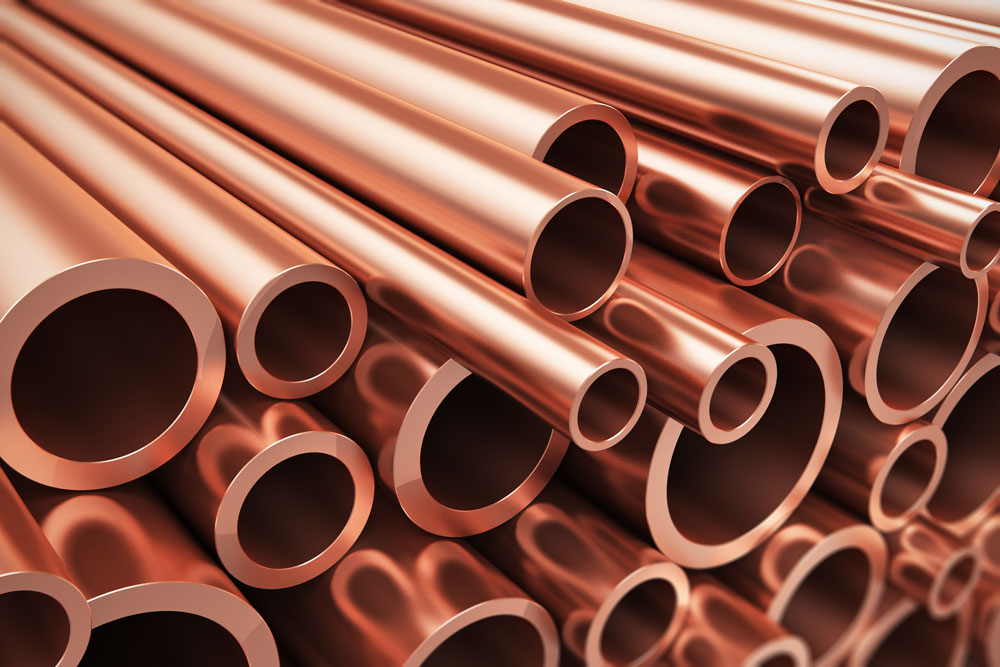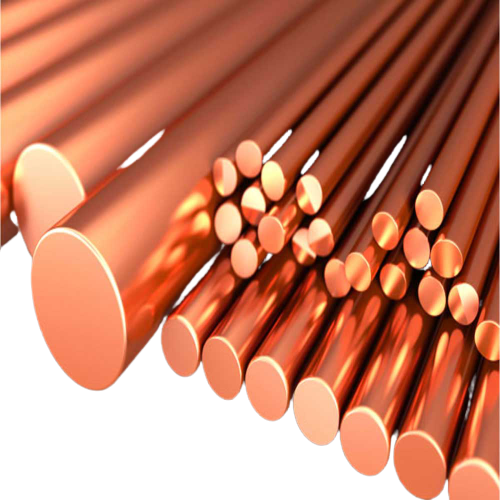Exploring the Versatility and Applications of Copper: Pipes, Rods, Strips, Electrodes, and Wires
Copper, one of the most widely used metals in various industries, plays a critical role in modern manufacturing and technology. Its unique properties, such as excellent electrical and thermal conductivity, corrosion resistance, and malleability, make it an indispensable material in countless applications. In this article, we will explore the diverse applications and advantages of copper in the forms of copper pipes, copper rods, copper strips, copper electrodes, and copper wires. Understanding these forms and their uses highlights the versatility of copper and its significance in today's industrial landscape.
Copper Pipes: Efficiency in Fluid and Gas Transport
Copper pipes are extensively used in plumbing, HVAC (heating, ventilation, and air conditioning), and other systems that involve the transportation of fluids and gases. Their high thermal conductivity makes them ideal for heat exchangers, while their resistance to corrosion ensures longevity in various environments, including those with high humidity or corrosive substances.

Key Benefits of Copper Pipes:
Durability: Copper pipes are resistant to rust and corrosion, making them suitable for long-term use in plumbing systems.
Malleability: They can be easily bent and shaped to fit various installation needs without compromising their integrity.
Thermal Conductivity: Copper’s high thermal conductivity makes it an excellent choice for heat transfer applications, such as radiators and heat exchangers.
Copper Rods: Strength and Versatility in Machining
Copper rods are essential in manufacturing and engineering applications, particularly where high conductivity and superior machinability are required. They are used to produce components such as electrical connectors, switchgear, and various mechanical parts. The ability of copper rods to withstand high temperatures without losing strength makes them suitable for high-performance environments.

Key Benefits of Copper Rods:
Electrical Conductivity: Copper rods are widely used in electrical applications due to their excellent conductivity.
Corrosion Resistance: Like other copper products, copper rods resist oxidation, which is crucial for maintaining conductivity over time.
Workability: Copper rods can be easily machined, bent, or shaped, making them versatile for different manufacturing processes.
Copper Strips: Precision in Electrical and Electronic Applications
Copper strips are thin, flat pieces of copper that find use in electrical applications, such as transformers, motors, and connectors. They are also utilized in the production of flexible circuits and various electronic components due to their high conductivity and ability to withstand mechanical stress.

Key Benefits of Copper Strips:
Flexibility: Copper strips can be cut and shaped to precise specifications, allowing for custom applications in electronics and electrical engineering.
Conductivity: Their excellent conductivity ensures minimal power loss in electrical systems, enhancing efficiency.
Heat Resistance: Copper strips can operate at high temperatures, which is beneficial in electrical applications where heat dissipation is a concern.
Copper Electrodes: Reliability in Welding and Electrolysis
Copper electrodes are crucial in welding, electrolysis, and electroplating processes. Their high electrical conductivity and resistance to oxidation make them suitable for creating strong, reliable connections in welding applications. In electrolysis, copper electrodes are used for their stability and efficiency in conducting electricity.

Key Benefits of Copper Electrodes:
Conductivity: Copper electrodes provide efficient current transfer, which is essential in welding and electrochemical processes.
Durability: They can withstand high currents and temperatures without degrading, ensuring consistent performance.
Versatility: Copper electrodes are used in a variety of applications, from industrial welding to electroplating and battery manufacturing.
Copper Wires: Backbone of Electrical and Telecommunications Networks
Copper wires are the backbone of electrical and telecommunications networks worldwide. Their exceptional electrical conductivity, flexibility, and durability make them the preferred choice for power transmission, electrical wiring in buildings, and data cables in telecommunications. Copper wires are also used in motor windings, generators, and transformers, highlighting their versatility across industries.

Key Benefits of Copper Wires:
Superior Conductivity: Copper wires offer unmatched electrical conductivity, which reduces energy loss and enhances efficiency in power transmission.
Flexibility and Strength: Copper wires can be drawn into fine diameters without breaking, making them suitable for complex wiring needs.
Corrosion Resistance: Their ability to resist oxidation ensures long-term reliability in various environmental conditions.
Conclusion
Copper’s unique properties make it an invaluable material in various forms, including copper pipes, rods, strips, electrodes, and wires. Each form of copper offers specific advantages that cater to different industrial needs, from fluid transport and electrical conductivity to precision in electronic components and reliable connections in welding. The versatility of copper underscores its importance in modern technology and manufacturing, solidifying its role as a cornerstone material across industries.
By leveraging copper's strengths, industries can enhance efficiency, performance, and durability in their products and systems. As technology continues to evolve, the demand for copper in its various forms will undoubtedly grow, driven by the need for reliable, high-performance materials in an increasingly interconnected and electrified world.

